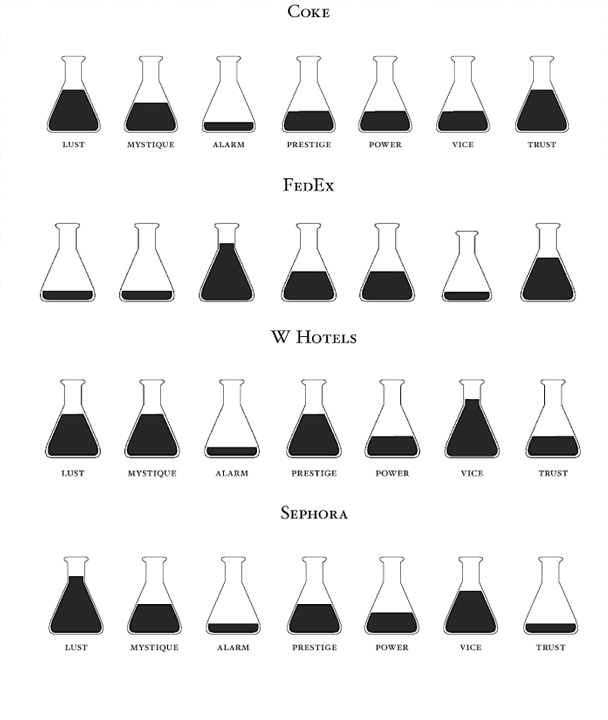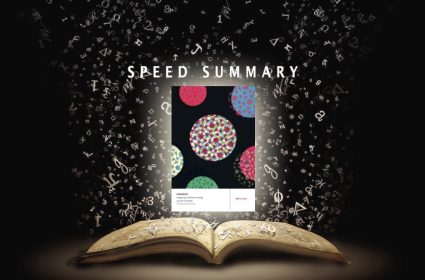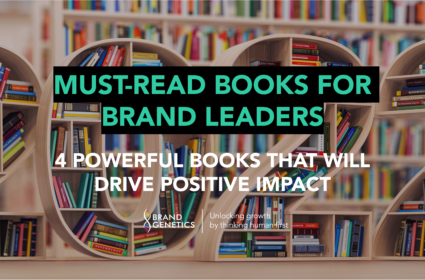Fascinate Speed Summary: Your Seven Triggers to Persuasion & Captivation
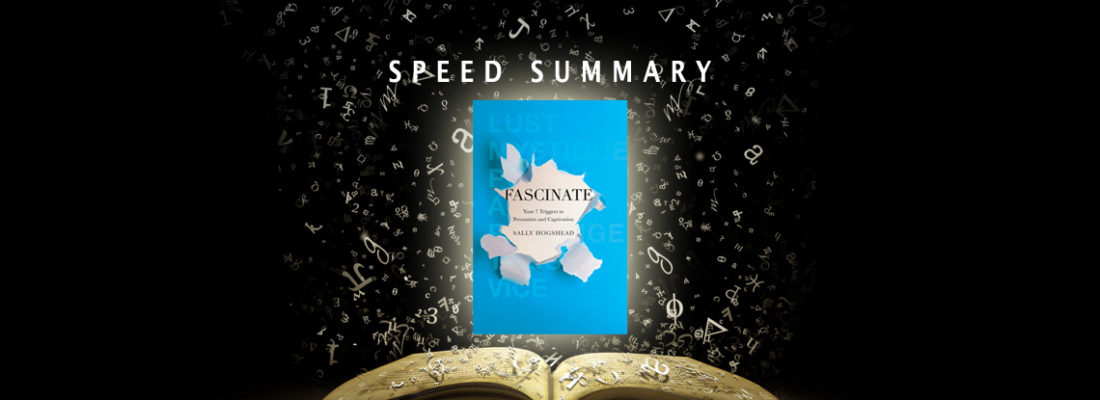
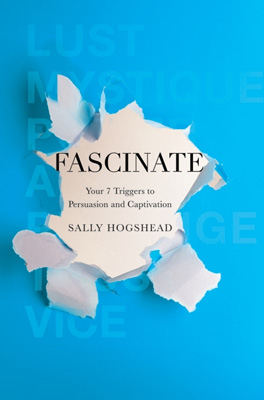 Fascinate: Your 7 Triggers to Persuasion & Captivation
Fascinate: Your 7 Triggers to Persuasion & Captivation- Author: Sally Hogshead
- Publisher: HarperCollins
- Publication date: Jan 15, 2010
Fascinate or Fail: Elk Blood, Opium and Aphrodisiacs
Some brands are fascinating, they bewitch their users to cut through product and advertising clutter with magnetic appeal (the word fascinate is derived from Latin fascinare, meaning “to bewitch.”).
Take Jägermeister, the hit herb-based digestif with a taste that “nobody likes”, but that is rumoured to contain elk blood and be “jacked up with opium, Quaaludes and aphrodisiacs”. Jägermeister is ultimate party brand, prompting people to dance “naked on the bar”, as it fascinates with mystique, power and undertones of vice.
But what makes some brands fascinating and others not? Why are we fascinated by brands such as Apple, Tiffany’s and Google? In the business bestseller ‘Fascinate: Your Seven Triggers to Persuasion and Captivation‘, brand consultant Sally Hogshead uses empirical research into the psychology of fascination – from sex fetishes to strip clubs and the laws of attraction – to show that there’s nothing supernatural about being fascinating – it’s all to do with 7 mental triggers that bypass rational processing and evaluation to powerfully influence our primitive limbic brains.
1. LUST: Sparks a craving for sensory pleasure or experience. Stops people thinking and start feeling, makes the ordinary emotional, uses all five senses, teases, flirts.
2. MYSTIQUE: Provokes curiosity with unanswered questions, builds mythology, and limits access.
3. ALARM: Creates urgency with a threat of negative consequences, deadlines, and distress – focuses not on the crisis most likely, but the crisis most feared.
4. PRESTIGE: Increases respect within a group, with emblems, standards, scarcity, and action.
5. POWER: Uses authority to command and control, dominate, reward and punish.
6. VICE: Encourages a creative approach or rebellion against rules by creating taboos, leading astray, and defying absolutes.
7. TRUST: Builds loyalty with stability and predictability, by becoming familiar, authenticity, repetition.
A Brand Covenant with Satan
As creative stimulus for brand planning, Fascinate argues that embedding these 7 triggers in a brand’s DNA, you’ll be able to persuade, captivate and fascinate users – rendering your wares irresistible. In so doing your task as a brand manager is transformed – you are now a brand alchemist – mixing a unique potion to transform your brand into a “fascination.”
And people want to be fascinated; a national research initiative, The Kelton Fascination Study, found that the need to be fascinated is only trumped by our need for relationships and trust. Moreover, in fascinating people with brands, you’ll be helping people feel fascinating themselves – raising their own Fascination Quotient through a halo effect; the Kelton Study found that people are prepared to pay a whole month’s salary to be seen as more fascinating – surely some of that money should be going to your brand?
But beware, the fascination alchemist practices a dark art – the bewitching appeal of fascination was considered in history to be a crime punishable by death: In the Salem witch trials of the Seventeenth Century, perpetrators of the crime of “fascination” were crushed to death under stones; the Romans feared Fascinus, the deity of fascination, and as late as the early 20th century Sigmund Freud compared the power of fascination to that of hypnosis. Wield your new-found powers of fascination wisely.
Crafting Fascinating Ads
Marketers can transform brands into fascinations with the help of fascinating ads – that sell more, to more people, more often and for more. Ads that fascinate, captivate attention and create attachment, display six golden hallmarks:
– Provoke strong and immediate emotional reactions; the response is visceral, not rational.
– Create advocates; a select group of followers becomes passionately dedicated.
– Become a ‘cultural shorthand’; people begin to use the brand to express their identity and manage their image.
– Incite conversation; ads that sparks spirited discussion and debate.
– Forces competitors to realign around it; the ad represents a paradigm shift in the marketplace.
– Triggers social revolutions; ads that disrupt the status quo and public perception.
From Brand to Fascination: Your Plan of Attack
Fascinate recommends a three stage plan for transforming your brand into a fascination.
1. First, evaluate consumers’ current degree of fascination with your brand. Do this by finding out what consumers currently say about your brand, and how they react to your ads – viscerally, rationally or not at all? Measure your brand’s current use of the seven fascination ingredients – do you use Vice, Lust, Mystique, Alarm, Prestige, Power, and Trust?
2. Second, develop new messages to attract consumers using the seven ingredients of fascination to differentiate yourself from your competitive set: Coke uses mystique with its secret recipe (‘Merchandise 7X’), so if you’re Pepsi, use one of more of the other six triggers to fascinate your users.
3. Third, execute a marketing program designed explicitly to build fascination, and bring it to life. Build fascination from the inside out – beginning with colleagues and management. Show how the power of fascination has worked for other brands, and help management sell up the Fascination strategy with proof points, measures, and vision. Don’t just track the message you create – but the messages that it inspires others to create about you, and the actions it inspires people to take.
And once you’re on the road to transforming your brand into a fascination, take a look in the mirror – how can you use the science of fascination to become more fascinating yourself? Check the simple 4 question self-evaluation survey below in the appendix – to find out if you too need the elixir of fascination…
Appendix: The Seven Ingredients of Fascination
